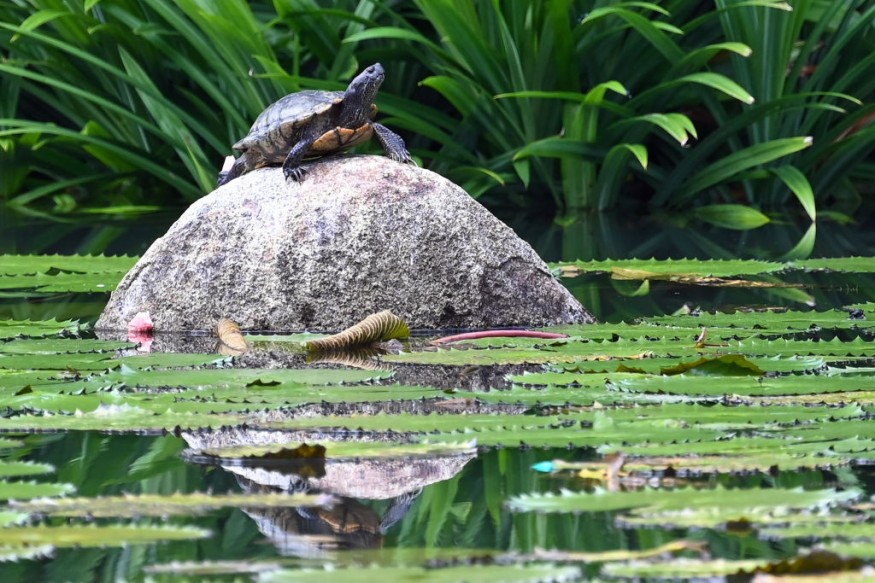
Most biologists view South America as the continent with the highest biodiversity of animal species.
This is attributed to the unique combination of topography and climatic conditions such as the Andes mountains containing varied microclimates or four tree story strata available for use by animals in the Amazon rainforest.
Biodiversity Hotspot
Scientists have been tracking and geolocating organisms all across the world for hundreds of years.
According to Vítor Piacentini, an ornithologist at the Federal University of Mato Grosso in Brazil, prior to the digital era the majority of our knowledge regarding the distribution of species came from museum collections. Today, this quest is supported by the society as a whole.
In the last two decades, there has been a "revolution" in citizen science, which entails that scientists now use the information collected by citizens to bridge existing information gaps. Such information helps scientists determine where species of organisms can be found anywhere on earth.
Scientist Norman Myers first used the term "biodiversity hotspot" in the late 1980s to describe areas that have a remarkably high species diversity relative to their surface area. The majority of the 36 hotspots known to exist today are found on equatorial continents, where the temperature is warm and humid. This is due to a factor that involves both plants and animals.
A researcher at Stanford University, Barnabas Daru, who studies applied ecology has said that plants are what all other kinds come from and this makes it possible for other organisms reliant on such plants to increase in number in regions with many different kinds of them.
Despite the presence of several plant species, predominantly they prefer warm moistness. Moistness is caused by the entrapment of water in warm air resulting in humidity when combined with water. Warmth is also desired by many microorganisms especially the decomposers of dead things that are made use of by plants for their food supply.
However, Piancentini pointed out that there are additional variables involved. A continent needs to provide both tropical temperatures and a range of ecosystems in order to support a large number of species.
He also added that areas with significant biodiversity offer a multitude of possible niches for animals to fill. To prevent competition for the same resources or habitat, tall trees or high mountains, for instance, create vertical differences in temperature, sun exposure, and topography, allowing many creatures to coexist.
Threaten Biodiversity
The biodiversity of South America could not have always been as rich as it is today. More than ever, South America's wildlife are under danger due to deforestation, mercury mining, and climate change.
Aside from Brazil's Amazon jungle, deforestation has increased strain on the second-largest forest on the continent, the Gran Chaco. Over a million kilometers across Argentina, Paraguay, and Bolivia make up the semi-arid indigenous forest. Since 1985, more than one-fifth of the forest has disappeared.
The Natural Resources Defence Council estimates that the widespread loss of forests affects between 27 and 43 percent of the area in Ecuador, Bolivia, Chile, and Peru.
However experts said there's still time to lessen the harm.
"We will certainly lose a lot of species but every effort that we make to reduce our impact will save us a lot as well," Piacentini said.
Related Article : Unknown Dinosaur Species and Dinosaur Lineage Discovered in South America: Paleontologists Say
© 2025 NatureWorldNews.com All rights reserved. Do not reproduce without permission.





